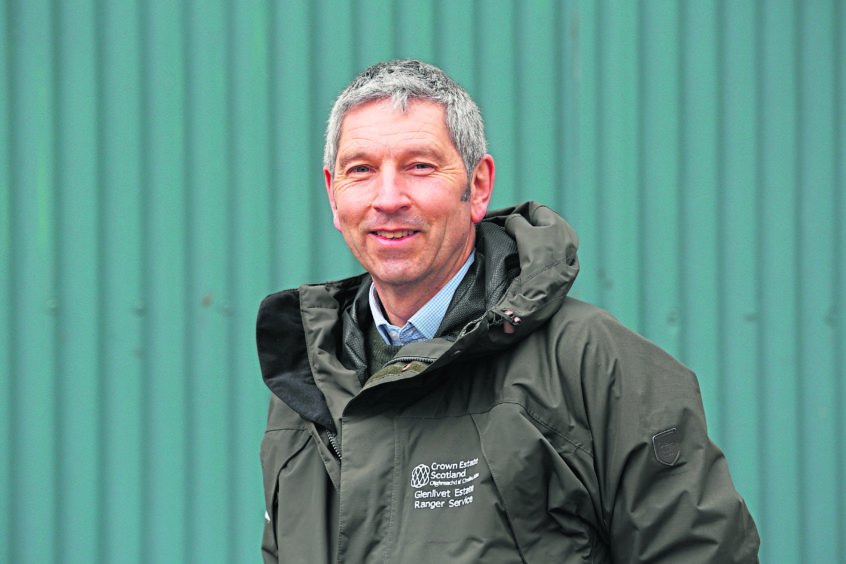
Crown Estate Scotland (CES) made a £12 million revenue profit in its most recent financial year, surpassing its target of £8million to be returned for public spending, according to annual accounts published by the organisation.
The body’s chief executive, Simon Hodge, said it had also developed a number of projects to enable it to make best use of the natural assets it is responsible for during the 12 months to the end of March.
Established in 2017, the public corporation manages land, property and seabed across Scotland on behalf of the Scottish Government.
All revenue profit generated by CES is returned to the public purse, while capital is reinvested in the Scottish Crown Estate for activities such as improving property and infrastructure.
According to the accounts released yesterday, the organisation secured a capital investment fund of £39m in 2019/20 and invested £3m.
The organisation said it had “continued its strong commercial performance” during the year, as well as working to “deliver wider social, environmental and economic value.”
Mr Hodge added: “We have once again returned an above target amount of revenue to the public purse, and have been able to invest in opportunities that will aid Scotland’s green economic recovery in the years to come.
“This is not only about the figures though, impressive though they are. 2019-20 also saw us develop a number of projects to help us to enable our people and organisations to make best use of the natural assets we are charged with managing. We have given new opportunities to tenant farmers, helped to develop understanding of how to grow the Scottish shellfish industry, supported work to tackle marine litter, and much more.”
Earlier this year CES announced Scotland’s first offshore wind leasing round for a decade, which is expected to lead to the development of around 15 new renewables projects, with, according to the organisation, the potential to contribute £8billion to the Scottish economy.
In its annual report, published with the accounts, CES said: “Our new leasing process, ScotWind Leasing, will position Scotland as a world-class investment destination for the projects we need to unlock more economic benefits for communities.
“2019-20 saw us prepare ScotWind for launch by finalising the framework through which the leasing process will progress, as well as working with industry and government to develop measures to help Scottish offshore wind developments benefit from a vibrant supply chain.
“In doing so, we believe ScotWind will support a just transition by stimulating supply chain development and placing Scottish offshore wind projects at the heart of Scotland’ emerging net zero economy.”
CES manages more than 91,000 acres of rural land, with agricultural tenancies, residential and commercial properties and forestry on four rural estates, including Glenlivet and Fochabers, in Moray.
It also responsible for leasing of virtually all seabed, out to 12 nautical miles, covering around 750 fish foaming sites and for management of just under half the foreshore in Scotland, including 5,800 moorings and some ports and harbours.
The organisation also manages rights to naturally occurring gold and silver across Scotland.
Recommended for you
